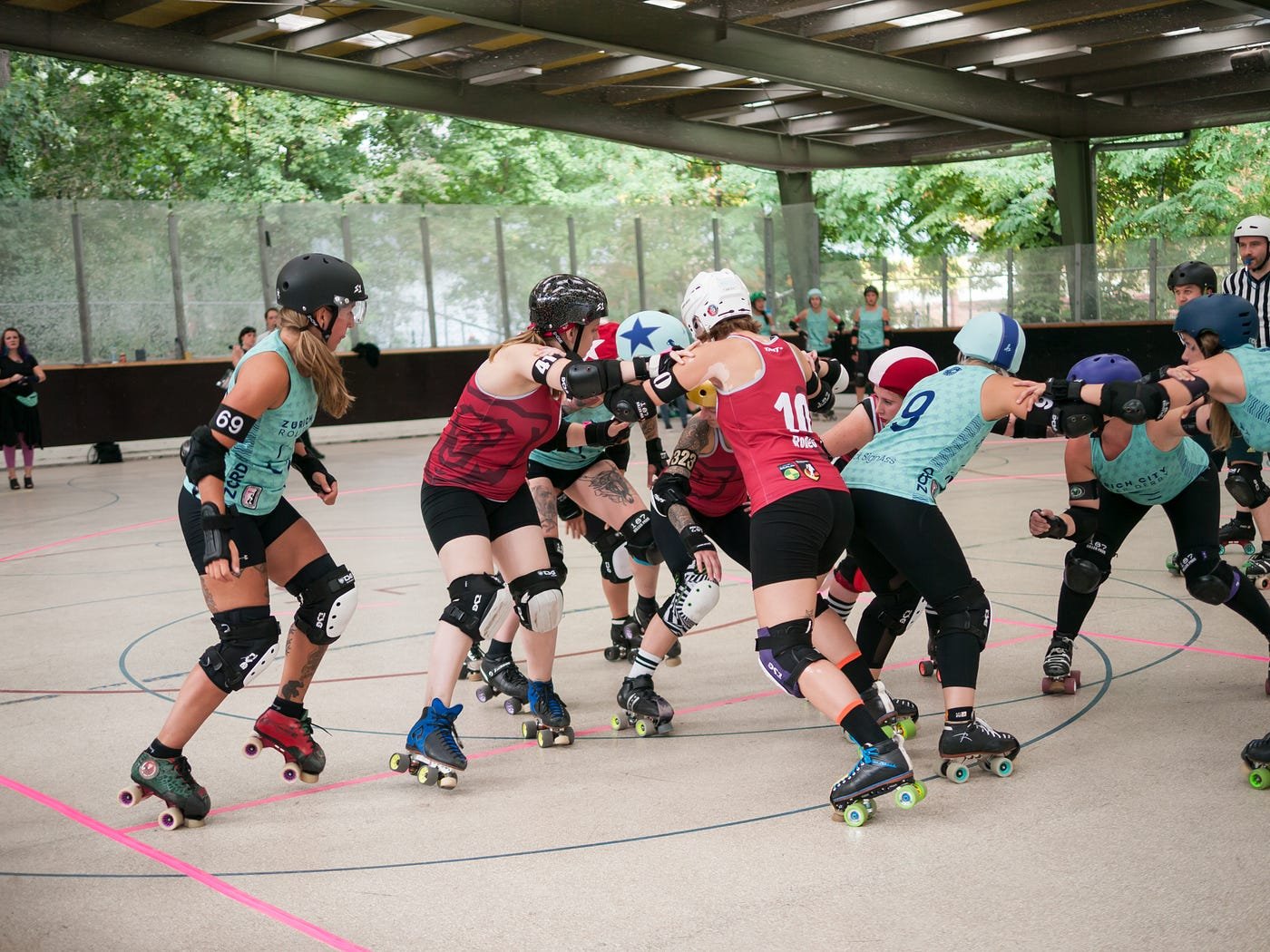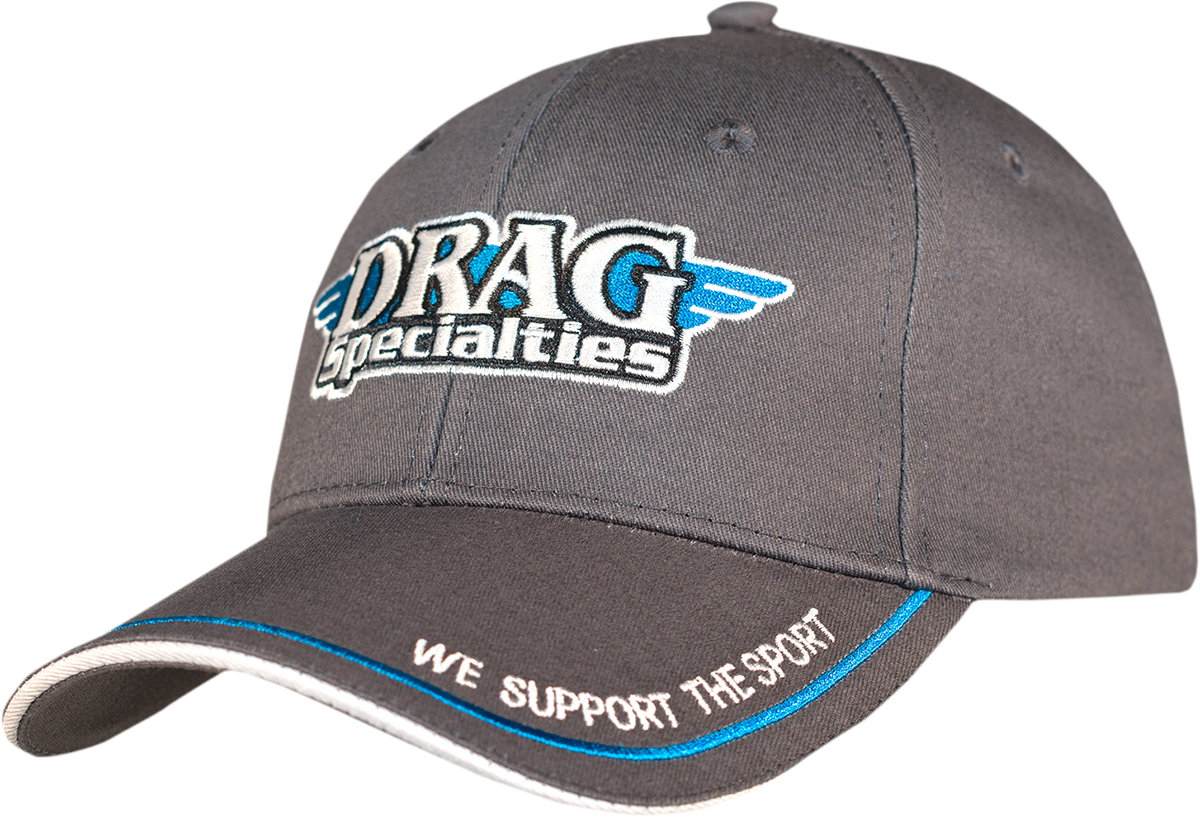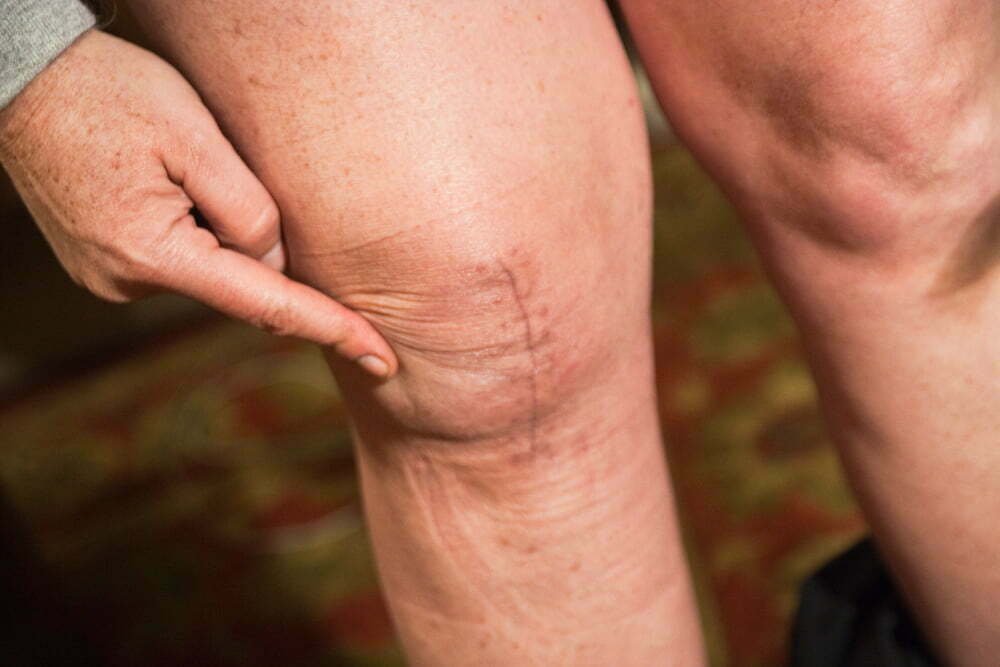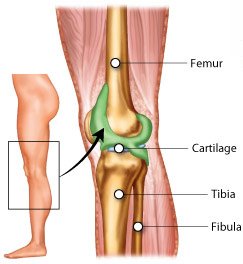Knee Cap Protection: Your Ticket to Pain-Free Living! Your knees bear the brunt of your daily activities, and keeping them in top shape is essential for an active life. In this guide, we’ve got all the insider tips and tricks to safeguard your knee caps and bid farewell to discomfort. Ready to learn how? Let’s dive in
Table of Contents
Importance of knee cap protection
Knee cap protection is of utmost importance for individuals involved in physical activities or sports. The knee joint is highly vulnerable to injuries, and without proper protection, it can lead to severe damage and long-term consequences. Wearing knee caps provides stability and support to the knee, reducing the risk of injuries such as sprains, strains, and fractures. Moreover, knee cap protection helps in absorbing impact and distributing the pressure evenly, thereby minimizing the strain on the knee joint. By prioritizing knee cap protection, athletes and active individuals can ensure the longevity of their knee health and enhance their performance on the field or in their chosen activities.
Common knee cap injuries
Common knee cap injuries can occur due to various reasons, such as sports injuries, accidents, or overuse. Some of the most common knee cap injuries include patellar tendonitis, patellar dislocation, and patellar fractures. Patellar tendonitis is an inflammation of the tendon that connects the kneecap to the shinbone, often caused by repetitive jumping or running activities. Patellar dislocation happens when the kneecap slips out of its normal position, usually due to a sudden change in direction or a direct blow to the knee. Patellar fractures are breaks in the kneecap, which can occur from a fall or a strong impact to the knee. It is important to seek medical attention if you experience any knee cap injuries, as proper diagnosis and treatment are crucial for a full recovery.
Benefits of knee cap protection
Knee cap protection is essential for individuals who engage in physical activities that put stress on the knees. By wearing kneecaps, athletes and sports enthusiasts can prevent injuries such as sprains, strains, and fractures. Knee caps provide stability and support to the knee joint, reducing the risk of damage during movements. Additionally, knee cap protection can help alleviate pain and discomfort caused by conditions like arthritis or tendonitis. Whether you are an athlete or someone who enjoys an active lifestyle, investing in knee cap protection can greatly benefit your overall knee health and performance.
Types of Knee Cap Protection

Knee pads
Knee pads are an essential piece of equipment for anyone involved in activities that put strain on the knees. Whether you are a professional athlete, a construction worker, or someone who enjoys outdoor sports, knee pads provide crucial protection and support. They act as a cushion, absorbing impact and reducing the risk of injuries such as bruising, abrasions, and even fractures. Additionally, knee pads help to stabilize the knee joint and prevent excessive movement, which can lead to strains and sprains. With their adjustable straps and comfortable padding, knee pads offer a customizable fit that ensures maximum comfort and mobility. Investing in high-quality knee pads is a smart decision for anyone who wants to prioritize their knee health and avoid potential long-term damage.
Knee sleeves
Knee sleeves are a popular form of knee cap protection for athletes and individuals recovering from knee injuries. These sleeves are typically made of neoprene or other flexible materials and are designed to provide compression and support to the knee joint. By wearing knee sleeves, athletes can help prevent injuries, reduce pain and swelling, and improve stability during physical activities. Additionally, knee sleeves can also help retain heat, which can promote blood flow and aid in the recovery process. Whether you’re a professional athlete or someone who enjoys exercising regularly, incorporating knee sleeves into your fitness routine can be beneficial for protecting and supporting your knee joints.
Knee braces
Knee braces are an essential form of knee cap protection. They provide support and stability to the knee joint, helping to prevent injuries during physical activities or sports. Knee braces are often used by athletes, especially those involved in high-impact sports like basketball or football. They help to reduce the risk of knee sprains, strains, and other knee-related injuries. Additionally, knee braces can also aid in the recovery process after a knee injury by providing compression and promoting blood flow to the affected area. Overall, knee braces are a valuable tool for individuals looking to protect their kneecaps and maintain optimal knee health.
Choosing the Right Knee Cap Protection
Assessing your needs
Assessing your needs is an essential step in ensuring proper knee cap protection. Understanding the level of activity you engage in and the potential risks involved is crucial in selecting the right protective gear. Factors such as the type of sport or physical activity, the intensity and duration of the activity, and any previous knee injuries should all be taken into consideration. By thoroughly assessing your needs, you can make an informed decision on the most suitable knee cap protection to minimize the risk of injury and maximize your performance.
Considerations for different activities
When it comes to protecting your knee caps during different activities, there are several important considerations to keep in mind. First and foremost, it is crucial to choose the right type of knee protection based on the specific activity you will be engaging in. For high-impact activities such as running or jumping, knee pads with extra padding and shock absorption may be necessary. On the other hand, for activities that require flexibility and freedom of movement, such as yoga or dance, lightweight knee sleeves or braces may be more suitable. Additionally, it is important to ensure that the knee protection fits properly and provides adequate support without restricting blood flow or causing discomfort. Lastly, don’t forget to regularly check and replace your knee protection to maintain its effectiveness and prevent any potential injuries. By considering these factors, you can ensure that your knee caps are well-protected during various activities.
Finding the right fit
Finding the right fit is essential when it comes to knee cap protection. Whether you are an athlete or someone recovering from an injury, wearing the correct size and style of knee cap can make a significant difference in your comfort and safety. It is important to consider factors such as the level of support needed, the material of the knee cap, and the fit around your knee. By finding the right fit, you can ensure maximum protection and support for your knees during physical activities or rehabilitation.
Proper Use and Maintenance

Wearing knee cap protection correctly
Wearing knee cap protection correctly is essential for preventing injuries and ensuring optimal performance. When wearing knee caps, it is important to make sure they are properly positioned and secured. The knee cap should be centred over the kneecap and snugly fit around the knee joint. This will provide stability and support during physical activities such as sports or exercise. Additionally, it is crucial to adjust the straps or fastenings according to the manufacturer’s instructions to ensure a secure and comfortable fit. By wearing knee cap protection correctly, individuals can reduce the risk of knee injuries and enjoy their activities with confidence.
Cleaning and caring for knee cap protection
Cleaning and caring for knee cap protection is essential to ensure its longevity and effectiveness. Regular cleaning helps remove dirt, sweat, and bacteria that can accumulate on the surface. It is recommended to use mild soap and water to gently clean the knee cap protection, avoiding harsh chemicals that can damage the material. After cleaning, allow the protection to air dry completely before storing it. Additionally, it is important to regularly inspect the knee cap protection for any signs of wear or damage, such as tears or loose straps, and replace it if necessary. By maintaining proper cleaning and care, you can prolong the life of your knee cap protection and ensure optimal performance when you need it most.
Replacing worn-out knee cap protection
Replacing worn-out knee cap protection is essential for maintaining optimal knee health and preventing injuries. Over time, knee cap protection can become worn and less effective, increasing the risk of damage to the knee joint. By replacing worn-out knee cap protection, individuals can ensure that their knees are adequately supported during physical activities, such as sports or exercise. This not only helps to reduce the risk of knee injuries but also promotes better overall knee function and performance. Whether using knee pads, braces, or other protective gear, regularly checking and replacing worn-out knee cap protection is crucial for maintaining knee health and preventing long-term damage.
Tips for Preventing Knee Cap Injuries

Proper warm-up and stretching
Proper warm-up and stretching are crucial for knee cap protection. Before engaging in any physical activity, it is important to prepare the body by gradually increasing the heart rate and loosening the muscles. This can be done through dynamic stretching exercises that target the lower body, including the quadriceps, hamstrings, and calves. By properly warming up and stretching, the knee caps are better protected from potential injuries and strains. Additionally, a proper warm-up helps to improve flexibility and range of motion, allowing for better performance during physical activities. Therefore, it is essential to incorporate a thorough warm-up and stretching routine into your exercise regimen to ensure the protection and well-being of your knee caps.
Strengthening exercises for the knee
Strengthening exercises for the knee are crucial for protecting the knee cap and preventing injuries. These exercises help to improve the stability and strength of the muscles surrounding the knee joint, providing support and reducing the risk of strain or damage. Some effective strengthening exercises for the knee include squats, lunges, leg presses, and step-ups. These exercises target the quadriceps, hamstrings, and gluteal muscles, which play a key role in knee stability. Additionally, incorporating exercises that focus on balance and proprioception can further enhance the protection of the knee cap. It is important to consult with a healthcare professional or a certified trainer to ensure proper form and technique when performing these exercises to maximize their benefits and minimize the risk of injury.
Avoiding high-impact activities
To protect your knee caps, it is important to avoid high-impact activities. These activities, such as running and jumping, can put excessive strain on your knees and increase the risk of injury. Instead, opt for low-impact exercises like swimming or cycling, which provide cardiovascular benefits without putting excessive pressure on your knee joints. Additionally, make sure to wear appropriate protective gear, such as knee pads, when participating in activities that may pose a risk to your knee caps. By avoiding high-impact activities and taking necessary precautions, you can ensure the long-term health and protection of your knee caps.
Conclusion

Importance of prioritizing knee cap protection
Protecting the knee caps is crucial for maintaining overall joint health and preventing injuries. The knees are vulnerable to various types of trauma, including impact, excessive strain, and repetitive motion. By prioritizing knee cap protection, individuals can reduce the risk of developing conditions such as patellar tendonitis, bursitis, and osteoarthritis. Additionally, proper knee cap protection can enhance performance in activities that involve running, jumping, and pivoting, allowing individuals to participate in sports and physical activities with confidence. It is important to wear appropriate knee pads, braces, or supports, as well as practicing proper form and technique to minimize stress on the knee joints. By understanding the importance of knee cap protection and taking proactive measures, individuals can maintain healthy knees and enjoy an active lifestyle.
Summary of key points
The knee is a vulnerable joint that is prone to injuries during physical activities. Therefore, it is crucial to provide adequate protection to the knee cap. In order to ensure knee cap protection, it is important to wear appropriate knee pads or braces while engaging in activities that put stress on the knees. Additionally, maintaining proper form and technique during exercises can help prevent unnecessary strain on the knee cap. It is also advisable to avoid activities that may increase the risk of knee injuries, such as high-impact sports or activities with repetitive knee movements. By taking these precautions and prioritizing knee cap protection, individuals can reduce the risk of knee injuries and maintain the overall health and functionality of their knees.
Encouragement to take action
In order to protect your knee caps and prevent any potential injuries, it is important to take action and implement proper safety measures. Encouragement to take action can come in various forms, such as wearing knee pads or braces during physical activities that put stress on the knees. Additionally, maintaining a healthy weight, practicing proper form and technique, and gradually increasing intensity and duration of exercises can also contribute to knee cap protection. Remember, taking action now can help prevent future discomfort and ensure the longevity of your knee health.
